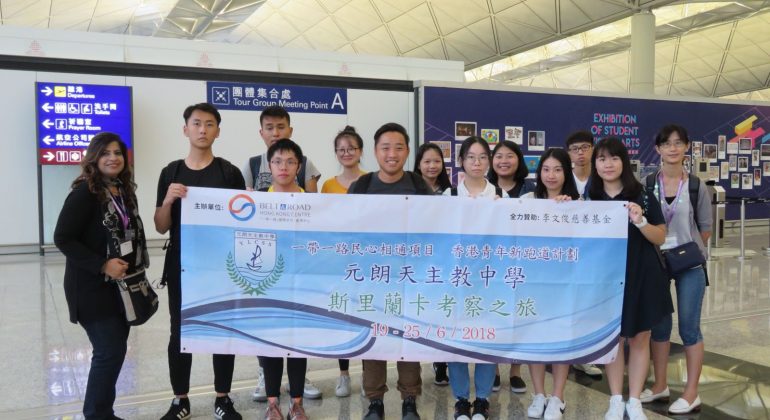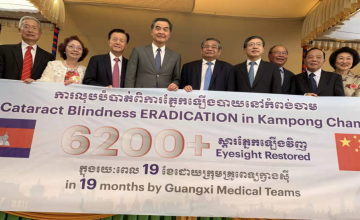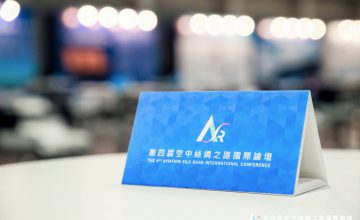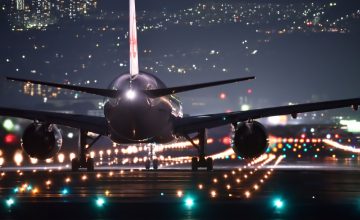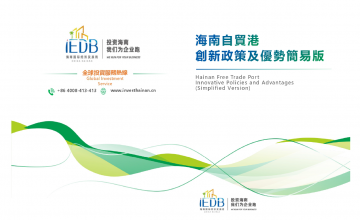 Hainan Free Trade Port Innovative Policies
Hainan Free Trade Port Innovative Policies
The anticipation is over as many schools participating in the Belt & Road “HK Youth New Runway Programme” head for a new adventure.
Under the “Belt and Road” Initiative, Sri Lanka has become an important port in sea route for China. After 20 years of civil war, what progress has Sri Lanka made? Students from Yuen Long Catholic Secondary School give us a glimpse into the country.
Kwok Hoi Shan | Ng Siu Wah
DAY 1
When we arrived at Sri Lanka’s capital, Colombo, our first impression was: Hot!
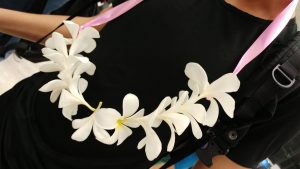
The locals presented us with lovely strands of plumerias that we draped on our necks. Friendly greetings, boiling temperatures and delicious spicy curry chicken are my first impression of Sri Lanka.
These are some of the other student’s observations:
Devoted: 75% of Sri Lankans are Buddhist. There are many Buddhist statues wherever we go, which is not common in Hong Kong.
Friendly: The local people were very energetic, always saying hello and starting conversations with smiles on their faces.
Relax: The locals are also very laid back when they work. Life for them is slow-paced.
DAY 2
Early in the morning while eating breakfast, we were discussing our plan to visit enterprises around the city. We were all really excited!
First stop:Embassy of The Republic of China in the Democratic Socialist Republic of Sri Lanka
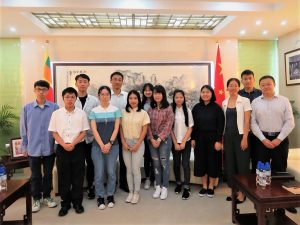
Today we visited the Chinese Embassy in Colombo. We got to sit inside the embassy’s conference room, which reminded me of when the news would show heads of state gathering together, you could see the excitement and nervousness amongst them. Listening to the diplomat as we toured the embassy, we gained a better understanding of China-Sri Lanka relations, how the countries established diplomatic ties and their current situation. I learned that the Ming treasure voyages came down to Sri Lanka and that many infrastructure projects are all built by Chinese companies.
Second stop: Sri Lanka National Art Gallery
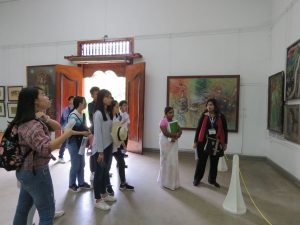
Due to engineering issues, only one exhibition was open at the national art gallery. The gallery staff explained the meaning behind each painting and the artist’s background, which allowed us to know more about Sri Lanka’s culture. During the tour, there was also no air-conditioning or LED screens. This made us realized how we never took Hong Kong’s advanced facilities for granted.
Third stop:China Machinery Engineering Corporation (CMEC)
Besides giving us an overview of the company’s history and current investment projects, the three company representatives also shared their experiences working for CMEC. By 2007, the civil war was still not over and war was brewing in other parts of the world. With a concept in their head, they came to Sri Lanka to build a powerplant. To this day, they have supplied 40% of the country’s power and provided stable electricity. This is a huge accomplishment!
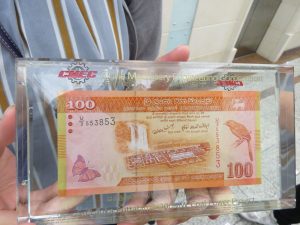
The representatives said with pride: “The Sri Lanka 100-dollar banknote is printed with the energy provided by our powerplant!”
We will remember their advice to us: have a solid grasp of technological skills, set goals for yourself and then dare to realize your dreams.
What impressed me the most during our visit to CMEC was listening to the general manager talk about his life. The general manager ended up working in Sri Lanka during the civil war, leaving behind his newly married wife back in Beijing. For the Chinese expats in Sri Lanka, they are not only there to work. They also carry a responsibility towards the nation and strive to develop a solid foundation for Sri Lanka to thrive on.
Fourth stop: Shangri-La Hotel
The Shangri-La Hotel, originating from Hong Kong, is a 5-star hotel in Colombo. We toured the guest rooms, hotel facilities and learned about how it only took 10 months to build the residential part of the hotel. Look at that Hong Kong-style efficiency!
The recently appointed CEO of Shangri-La Hotel, who just come back from South Africa, took time out of his schedule to share his experience working in Sri Lanka. Having worked in almost 10 countries, he gave us some wise advice: “The quickest way to adapt in a foreign country is to treat cultural differences with a positive outlook and be optimistic.”
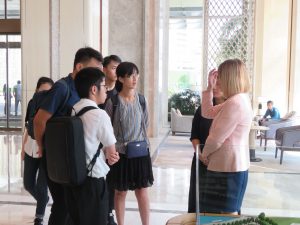
By the end of the day, we visited four different places: a government agency, art gallery, Chinese enterprise and hotel business. These places have been around for many years, even witnessing the country’s devastating civil war. Yet even with all this adversity, the people running these places decided to build enterprises in the country and contribute to Sri Lanka’s society and economy.

